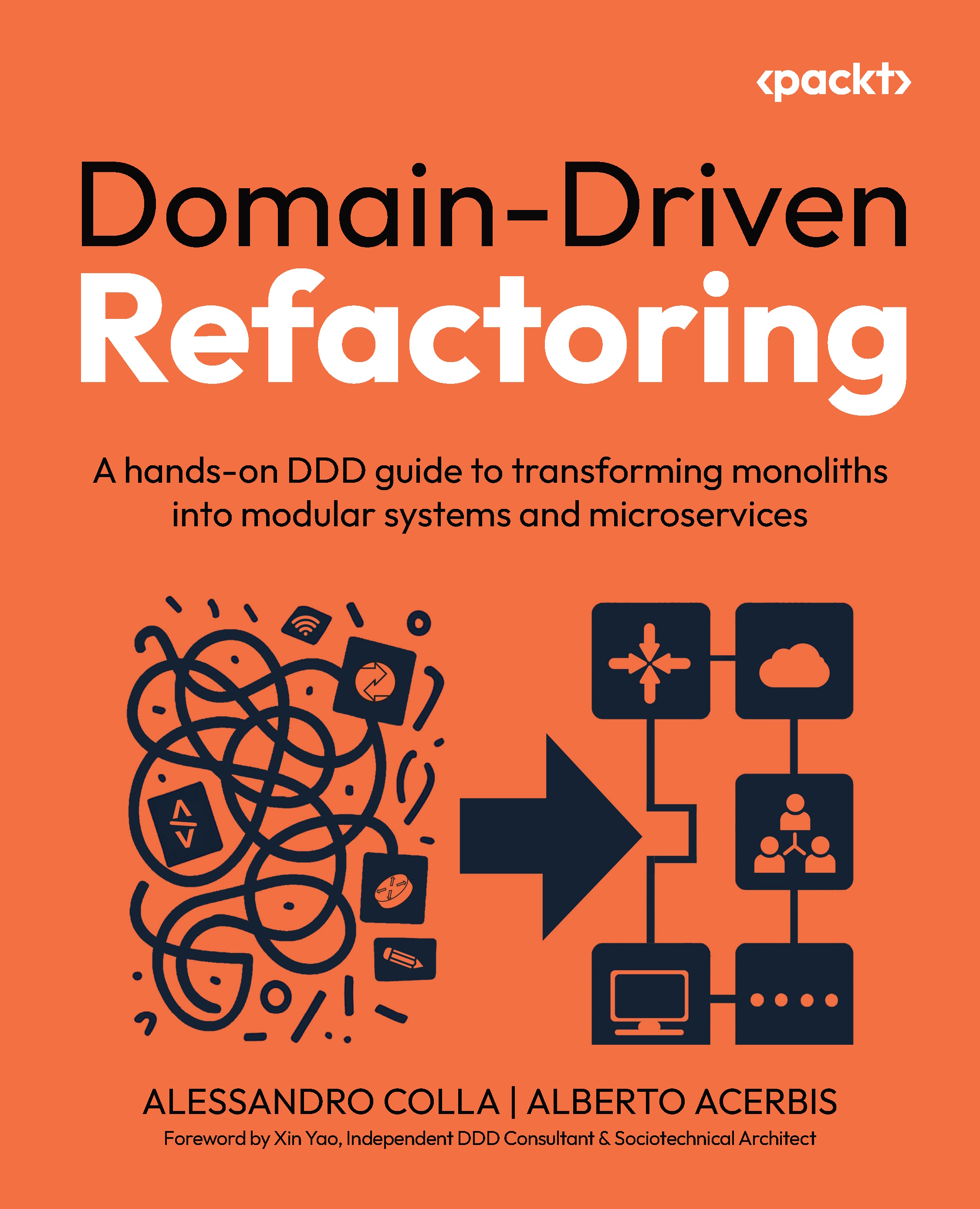In the previous chapter, we implemented different types of linear data structures to store and manage data in a linear fashion. In linear structures, we can traverse in, at most, two directions – forward or backward. However, the scope of these structures is very limited, and they can't be used to solve advanced problems. In this chapter, we'll explore a more advanced class of problems. We will see that the solutions we implemented previously are not good enough to be used directly. Due to this, we'll expand upon those data structures to make more complex structures that can be used to represent non-linear data.
After looking at these problems, we'll discuss basic solutions using the tree data structure. We'll implement different types of trees to solve different kinds of problems. After that, we'll have a look at a special type of tree called a heap, as well as its possible implementation and applications. Following that, we&apos...
 United States
United States
 Great Britain
Great Britain
 India
India
 Germany
Germany
 France
France
 Canada
Canada
 Russia
Russia
 Spain
Spain
 Brazil
Brazil
 Australia
Australia
 South Africa
South Africa
 Thailand
Thailand
 Ukraine
Ukraine
 Switzerland
Switzerland
 Slovakia
Slovakia
 Luxembourg
Luxembourg
 Hungary
Hungary
 Romania
Romania
 Denmark
Denmark
 Ireland
Ireland
 Estonia
Estonia
 Belgium
Belgium
 Italy
Italy
 Finland
Finland
 Cyprus
Cyprus
 Lithuania
Lithuania
 Latvia
Latvia
 Malta
Malta
 Netherlands
Netherlands
 Portugal
Portugal
 Slovenia
Slovenia
 Sweden
Sweden
 Argentina
Argentina
 Colombia
Colombia
 Ecuador
Ecuador
 Indonesia
Indonesia
 Mexico
Mexico
 New Zealand
New Zealand
 Norway
Norway
 South Korea
South Korea
 Taiwan
Taiwan
 Turkey
Turkey
 Czechia
Czechia
 Austria
Austria
 Greece
Greece
 Isle of Man
Isle of Man
 Bulgaria
Bulgaria
 Japan
Japan
 Philippines
Philippines
 Poland
Poland
 Singapore
Singapore
 Egypt
Egypt
 Chile
Chile
 Malaysia
Malaysia

















